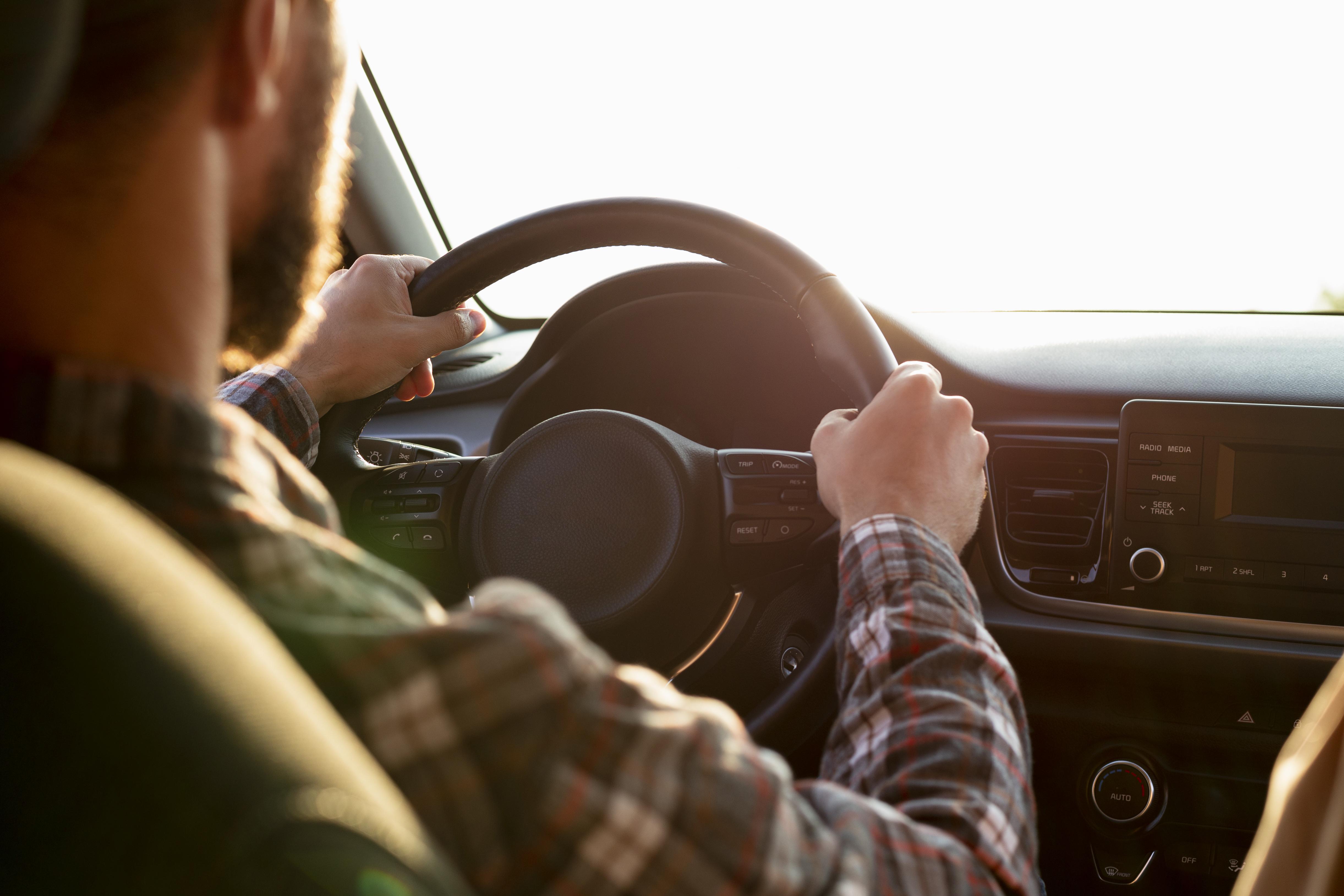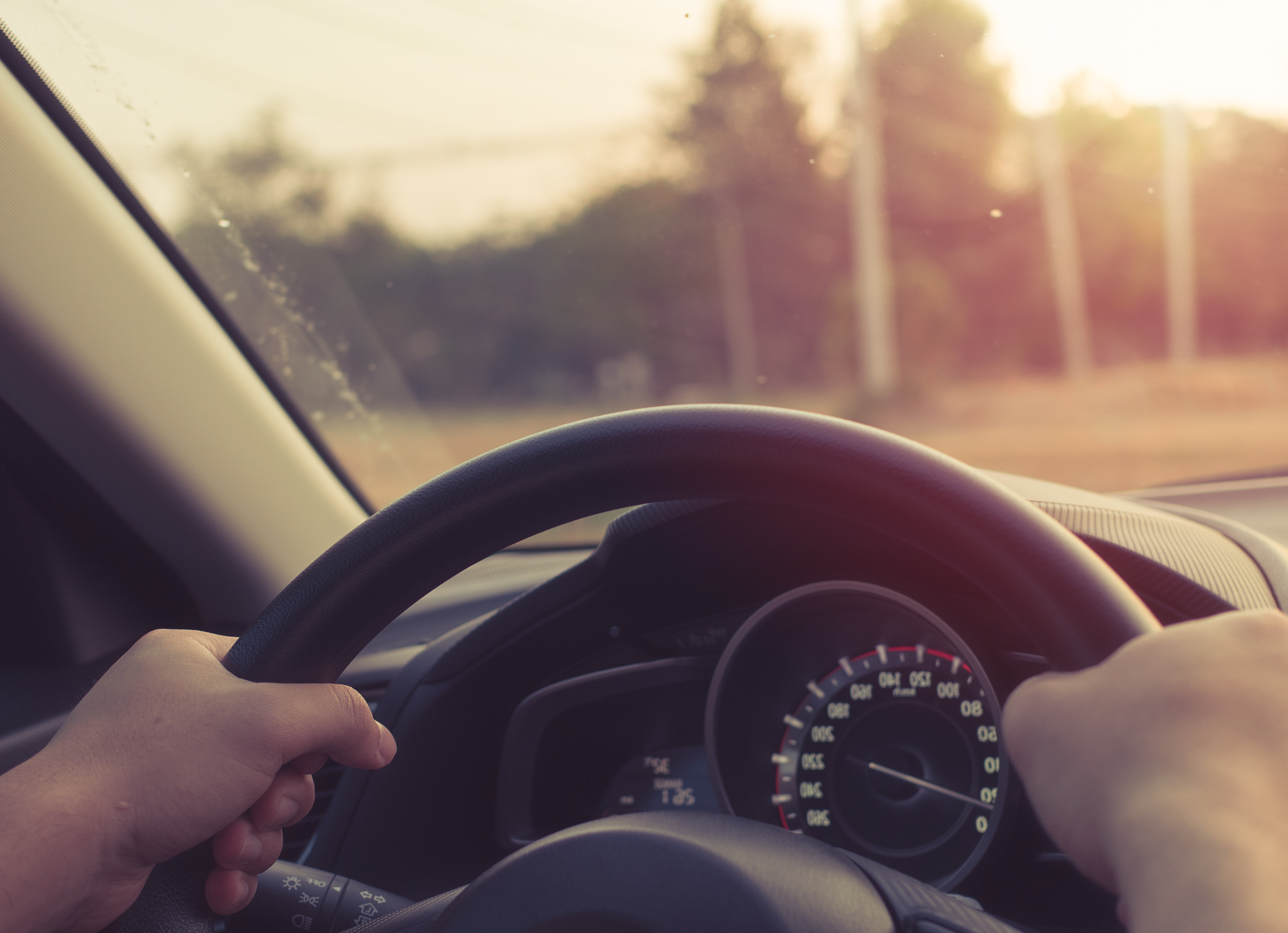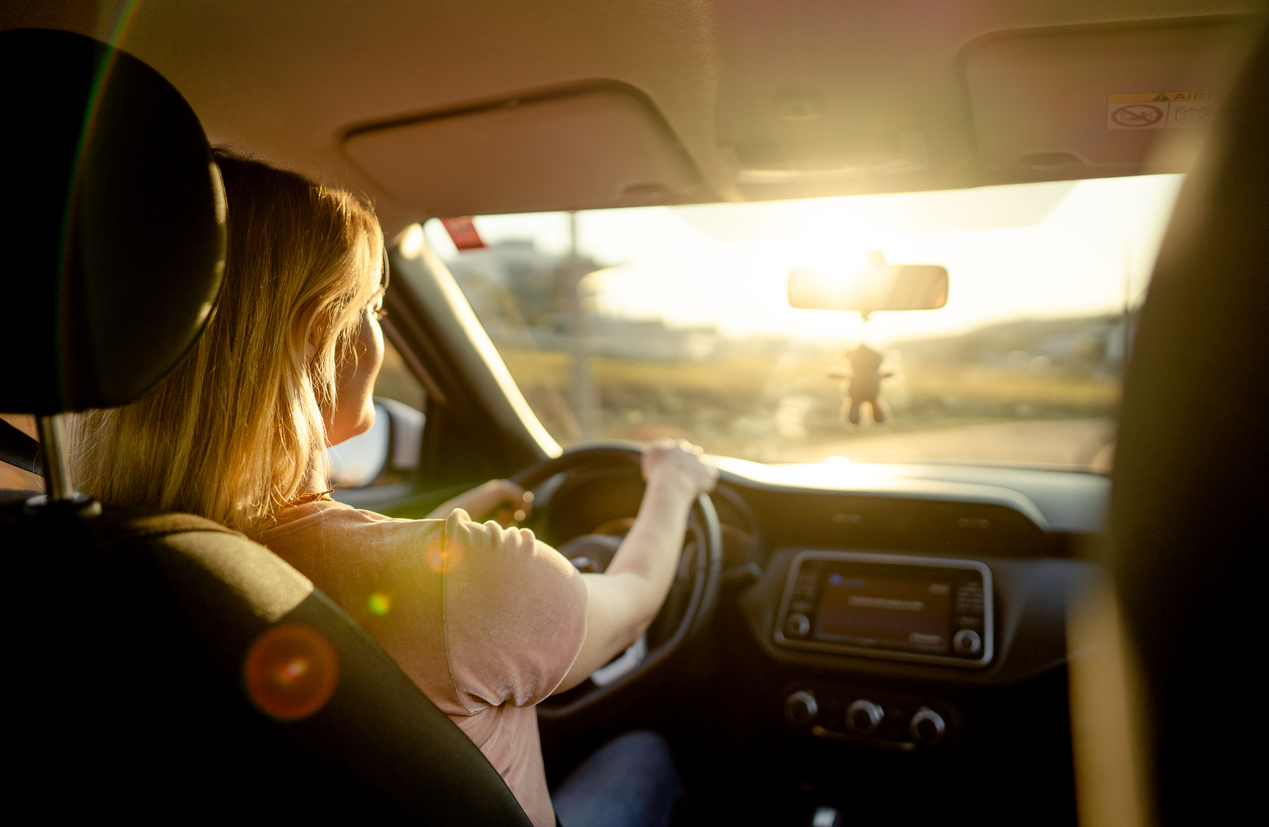British summer time has officially begun and with the school holidays now in full swing, many of us will be looking forward to heading down to the beach; maybe for an opportunity to hit the local waves with your brand-new surfboard? Or you might be going abroad to a gorgeous Spanish beach with your new hire car. Whatever your reason, if you are hiring a car for your journey, it is worth knowing how you can protect it from the often, harsh coastal environment. Without the proper precautions, your hire car could be more susceptible to needless damage.
Here are a few things to be aware of during your beach trip to ensure your hire car is returned in the same condition you received it in.
Saltwater spray – As pleasant as the ocean breeze may be for us, the experience is somewhat different for our cars. High concentrations of salt in the air will gradually collect onto the car over the course of the day. Sea salt is especially corrosive and will ultimately damage the lovely paint job and soon lead to rusting. If you are renting long-term (or are a private owner), investing in a car cover could help protect the car’s exterior from any potential weathering. Just be sure to give the car a good rinse afterwards and a thorough wash before you return it to the car hire desk.
Sun! – While you top up on your tan, your hire car sits exposed, bearing the full extent of the hot weather. Direct sunlight and high temperatures for an extended period of time can further increase the extent of damage caused by sea salt on your car, quickening the process of rusting. The car’s interior is also at risk; harmful UV rays can penetrate through the car’s windows and discolour the upholstery. Leather interiors are especially sensitive to heat damage and are likely to crack under the heat. Specifically, for long-term renters, buying a set of seat covers, and a protective windshield cover should do well to shield the sunlight during the course of the day, meaning the car is protected and you won’t have to sit on scorching seats on your drive back!
Sand – It seems that no matter how hard you try, you can never fully rid yourself or your car of sand following a day at the beach. Sand left sitting on your car’s exterior will begin to corrode the paint if not brushed off properly and can become deep-seated in the windows. However, immediately scrubbing the car could cause scratches, therefore spray it with water first and let it soak. Sand may even find its way under the hood of your car and into the air filters, leading to more complicated (and expensive issues). This is where once again your car cover will come in handy; preventing any sand being blown inside the car’s engine that would otherwise hinder the function of inner components, such as the brake pads.
Additionally, coarse sand brought into the car could scratch the seats (especially if they are leather) and the facia. If this is not cleaned out thoroughly, you could potentially be hit with a cleaning charge upon returning your car.
Further considerations
Many hire cars tend not to have a pre-fitted roof rack. However, if you have decided to fit one by yourself (to transport those surfboards), then you may be doing so at your own risk, as any damage or dents to the car roof is unlikely to be covered by the rental company’s excess waiver cover. Fortunately, excess insurance from iCarhireinsurance does cover roof damage as well as tyres and windscreens.
If you plan on cruising down the shore, the condition of the sand can impact your driving and the car itself. When driving on soft dry sand, it is recommended that you reduce the tyre pressure to increase the tread footprint, making for a smoother ride. (But don’t forget to correctly inflate your tyres before you head back home!) Driving on firm wet sand is considered more practical however, there is a risk of sinking and not to mention the tough job of cleaning the sand out of the tread.
Flips flops are a great choice for the beach but not so great for driving as they are considered inappropriate driving footwear. The loose fitting and lack of grip could contribute to an unfortunate accident. So, to be on the safe side, wear comfortable shoes with sufficient grip, keeping you in full control of the car.









